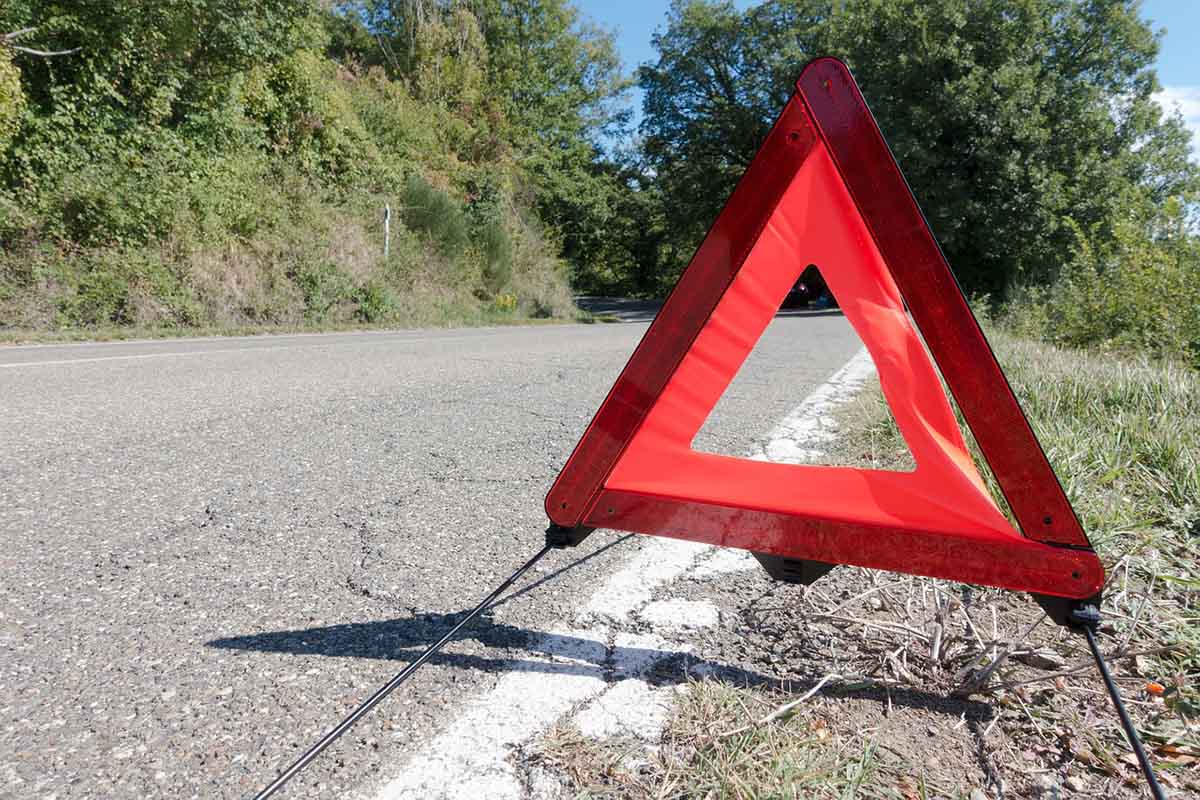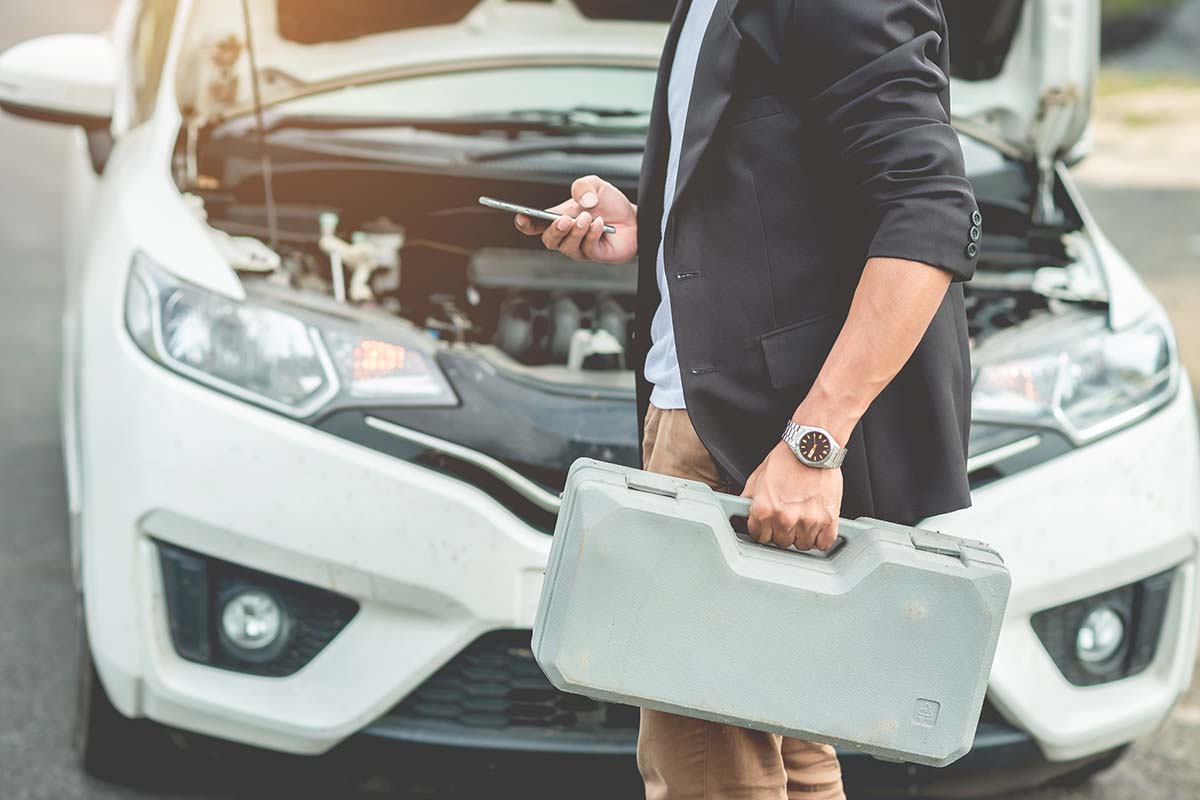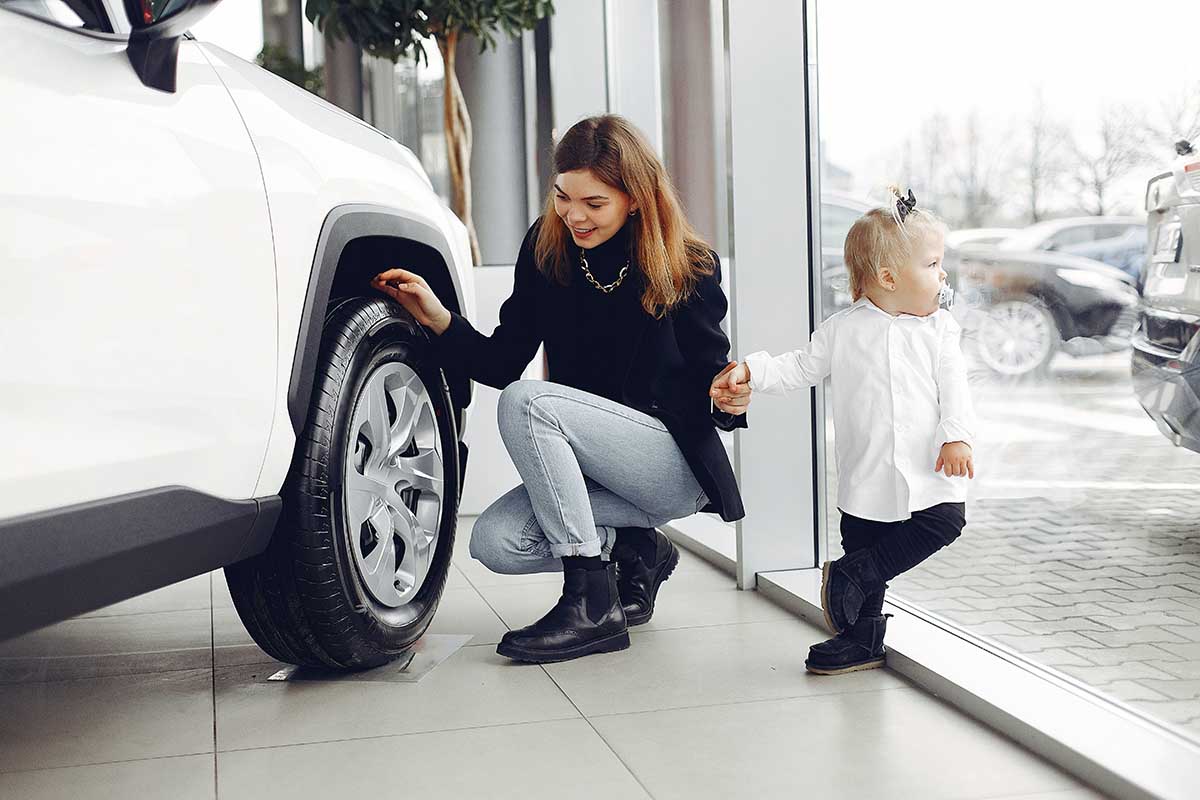Everyone dreads their car breaking down. While you may be able to prevent a breakdown from occurring by staying on top of maintenance, there are times when you may still be caught out – especially when driving a vehicle that’s done a lot of miles. Preparing for these emergencies can help to reduce the costs and dangers. Below are just some of the different ways you can prepare.
Know what to do on a fast road
The most dangerous place to break down is on a fast road – but you can reduce the danger by knowing how to react if you suddenly lose power or have a blowout. Getting your vehicle to the side of the road should be a priority.
Avoid any harsh braking and let the car slow down naturally while indicating towards the side of the road. A lay-by is the best place to pull over, but if a hard shoulder is the only option, you must use this. Once at the side of the road, put your hazard lights on. It’s then a good idea to get out of the vehicle and away from the road – ideally exiting through the door facing away from the road.
Get breakdown coverage
Most auto insurance providers offer breakdown cover – which can cover the cost of breakdown assistance if you need it. It usually doesn’t cost much extra and is worth investing in if you have an older vehicle. Breakdown coverage may not always cover you in certain circumstances or in certain locations.
If you don’t think you’re covered, it could be worth researching affordable breakdown services and towing companies, and making a record of their contact number. This will save you from having to search for affordable breakdown services on your phone at the scene of the breakdown.
Buy a warning triangle
Warning triangles can help to warn other drivers of your broken-down vehicle. If you don’t own one, it’s worth buying one. Warning triangles should be placed at least 45 meters (147 ft) behind your vehicle on the side of the road. You should avoid using them on motorways, as putting one down could be dangerous. Take great care when retrieving these triangles.
Pack a hi-vis jacket
A hi-vis jacket is useful to have if you break down at night. It will help people to see you as you get out of your vehicle and stand by the side of the road. You can buy hi-vis jackets online.
Keep the spare tire
If your car comes with a spare tire, do not take this out – it could come in use during a blowout. About two-thirds of modern cars have a spare tyre. Some have a run-flat tyre, which is essentially a spare tre that can operate for a limited distance. Of course, having a spare tyre is only helpful if you know how to change it. Looking up how to change your tyre and practicing it could be a valuable skill to have that could prevent you from needing to call a breakdown service.
Keep your phone charged
Before going on a car journey, it’s worth ensuring your phone is charged. If you experience a breakdown or accident, you will need your phone to call for assistance. Motorways typically have emergency phones alongside the road, but you may have to walk a while to reach one. A portable charger in your car could help keep your phone powered up.
Pack these essentials when traveling somewhere remote
Remote roads are another dangerous place to break down. You could wait a while for breakdown assistance to arrive – provided you have a phone signal to call someone. Sometimes, you may have to wait for another driver to appear. When taking on roads in remote areas of the world, you must pack a few survival essentials. This includes:
- A roadmap;
- Food /drink;
- A portable phone charger;
- A torch with batteries;
- Warm clothing;
- A sleeping bag;
- Toilet paper;
- A first aid kit.
Hopefully, you’ll never need most of these essentials. But just in case, it’s worth packing them. Remember that if you are in another country, different breakdown services will be available. When hiring a car, make sure that a breakdown cover is provided. Specific equipment like a warning triangle and hi vis jacket may be provided by the hire car service.




















